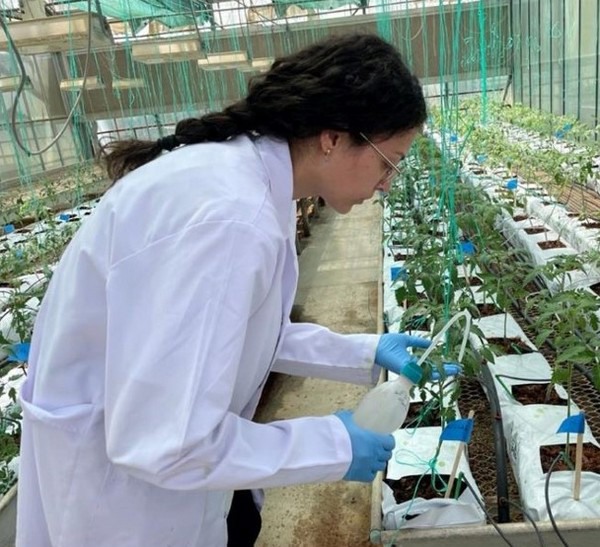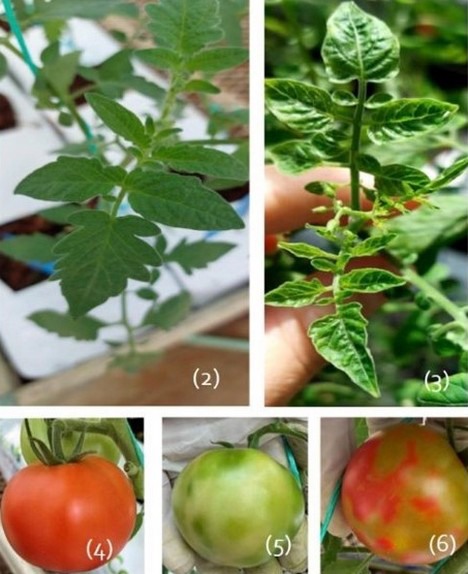ToBRFV was first seen in Israel in 2014. In 2015, starting from the tomato-growing areas of Melilot, Beit Ezra, and Achivut, it rapidly spread throughout the country and was reported in Jordan in 2016. Subsequently, it has also been reported in the USA, Germany, Italy, France, Palestine, China, and the UK.
In Turkey, its presence on tomato plants in leaf and fruit samples was determined in 2019. Unfortunately, it has become a serious problem all over the world in tomato-producing regions.

ToBRFV-infected seeds, fruit and leaves, plant debris, and weeds are sources of inoculum. The agent is found in the seed coat and endosperm. It is carried and spread by direct contact (hands, clothing, direct plant-to-plant contact) propagation materials. In recent greenhouse trials, it has been reported that ToBRFV can be mechanically transmitted to healthy tomato plants by bumblebees during pollination.
Although the symptoms of the virus in tomato plants vary according to the variety, it causes chlorosis, mosaic (mild or severe), mottling, and narrowing of the leaf blades on the leaves. Necrotic spots can be seen on the stem, petiole, and sepals of the plant. In infected tomatoes, the fruits show yellow or brown spots, and the wrinkled fruit becomes unmarketable. Fruits may be deformed and have irregular ripening. While the leaves of the pepper plant show signs of deformation, yellowing, and mosaic, yellow or brown areas or green lines are formed in the pepper fruits, and the fruits are deformed.
 (2) Healthy leaf; (3) ToBRFV-infected leaf; (4) Healthy fruit; (5 & 6) ToBRFV-infected fruit
(2) Healthy leaf; (3) ToBRFV-infected leaf; (4) Healthy fruit; (5 & 6) ToBRFV-infected fruit
“With the aim of developing resistant cultivars, our company established trials with many of our tomato hybrids in 2017 in Jordan, where the disease has spread. In these trials, it was determined that some hybrids did not show signs of disease. In our intensive studies carried out so far, the response of many tomato genotypes to the disease was investigated with the classical testing (inoculation) technique under controlled conditions.” As a result, four different resistant welds have been identified so far. The molecular markers we have developed for some of these strengths are used in our breeding program. We continue to develop molecular markers for new strength sources,” said Dr. Ibrahim Mancak, the R&D director from Manier Tohumculuk.
“Our KUANTUM F1 variety has been preferred by our producers in wide areas since 2020. Although the competitor cultivars suffered serious losses in ToBRFV-infested areas, no symptoms were observed in the fruits of our KUANTUM F1 cultivar in the same areas, and our producers were not harmed. Our variety made our producers smile this year and in various regions of Antalya - Gaziler, Dumanlar, Serik, Kumluca, Ermenek, Kutahya – Simav, and Mersin.”
“Very soon, we will introduce our cultivars with high resistance varieties to ToBRFV, which we have developed in different seasons and different tomato types, to our producers,” he concludes.
For more information:
Manier Tohumculuk
[email protected]
manierseeds.com
